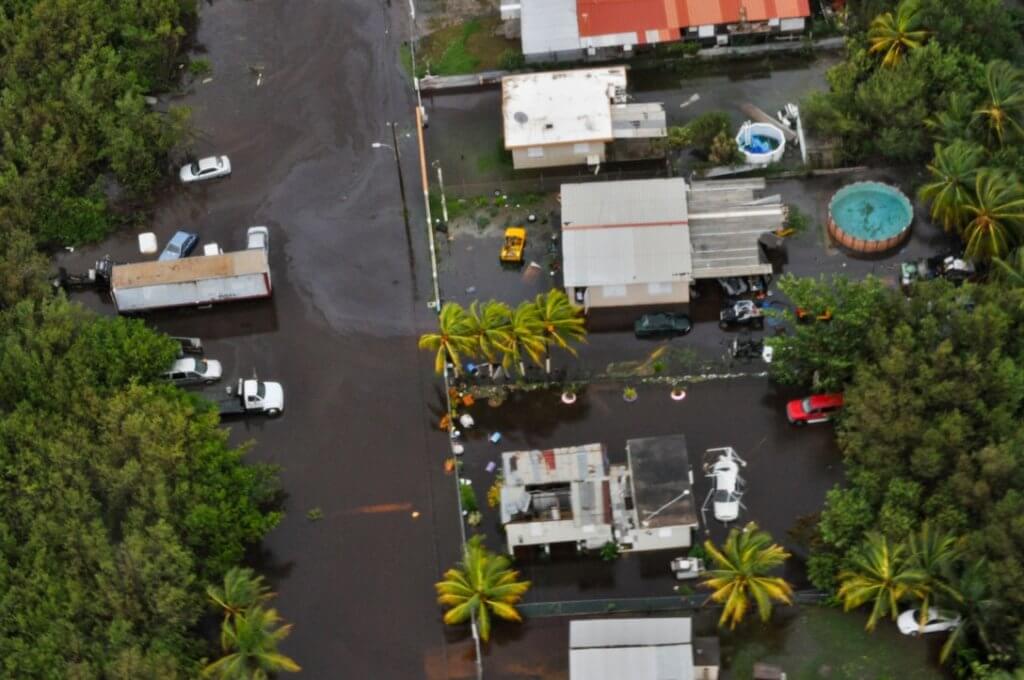In Puerto Rico, Mixed Reviews on Child Well-being
The 2012 KIDS Count Puerto Rico Data Book is out and it reveals some mixed news for our Puerto Rican youth. It focuses on youth 18 and under and measures trends in demography, health, education and socioeconomic well-being. According to the report, economic circumstances that have a direct impact on children continue to worsen on the island, but there have been improvements made in the teen birthrate, the percent of premature births and the infant mortality rate.
Find out more about Puerto Rico and all 50 states or use the widget above.
Perhaps most disturbing is that Puerto Rico fares much worse than all other U.S. jurisdictions with 84 percent of Puerto Rican kids living in high-poverty areas. That’s seven times the national rate.
Keep up with the latest from UnidosUS
Sign up for the weekly UnidosUS Action Network newsletter delivered every Thursday.
Other key findings:
- The median income for a family of two adults and two children in Puerto Rico is $19,658, ranging from $10,411 in Guayanilla to $38,602 in Guaynabo.
- More than half of the children on the island live in single-parent families—ranging from 37.8 percent in Patillas to 73.8 percent in Cataño—and have parents who are not securely employed.
- The mortality rate for children ages 1 to 14 worsened by 30 percent between 2008 and 2009, when deaths rose from 13.3 to 17.2 per 100,000 in 2009. Of the municipios that reported deaths of children, San Sebastián holds the highest rate of 63 per 100,000 and Aguadilla holds the lowest rate of 8.9 per 100,000.
- The rate of teenagers on the island who do not attend school and are unemployed remains on an upward trend; it currently stands at 16 percent, double the U.S. national rate, and is particularly pronounced in Humacao, Juana Díaz, Ponce and Río Grande.


